CLOSE-UP: Joost Rekveld
In his artist's talk Joost Rekveld will show the process and research behind his film work by focusing on three core ideas that also connect his film work with his work in other media.
Rekveld will talk about the idea of moving abstract images as a kind of visual music and show his evolving approach to composition. He will demonstrate what happens when an artist looks at the world of science and technology as a kind of culture, and he will explain how his work process is turning into a 'dialogue with machines'; a situation in which his machines have something like their own voice.
#3
16mm | 1994 | 4 min
«#3 is a film with pure light, in which the images were created by recording the movements of a tiny lightsource with extremely long exposures, so that it draws traces on the emulsion. The light is part of a simple mechanical system that exhibits chaotic behaviour. Already for a long time I have been fascinated by the fact that it is possible to construct a static image using movement, and that it is possible to recreate movement by showing several of these static images in succession. In this way both the images as well as the transformations of those images are caused by the interference between the movement of one single light-germ and the movement of the film camera. I regard this as a kind of zero point of photographically recorded film. The film was made according to an extensive score covering colour, exposure, camera position, width of the light-trail and the direction and speed of movement of the mechanical system. The score consists of 13 sections in which I have tried at all costs to avoid repetition, symmetry and trivial developments.The light that draws the traces was fastened to a double pendulum. This system is known from chaos-theory and shows unpredictable behaviour in a certain range of speeds». Joost Rekveld
#5
3x 16mm | 1994 | 6 min
«#5 is a film for three projectors and three independent screens next to each other. The images were created by shooting moving reflecting forms with widely varying exposure-times. These images were then printed on the film strip in various ways. The film explores the relation between image and time on the film strip and modulates continuously between what I regard as two extremes in this respect. In practice, the one extreme consists of film sequences I shot frame by frame with very long exposure-times. These images are light-trails, drawn by moving objects. Illusion of movement during projection is caused by the interference between the movement of the recorded system and the speed of the camera. The other extreme consists of snapshots which I printed on fields of film strips using a photo-enlarger. I spliced these strips together after developing and used them as a printing master. In this way the original image is scattered across several film images and is "scanned" during projection from top left to bottom right». Joost Rekveld
#11
35mm on digital | 1999 | 21 min
#11 (Marey <-> Moiré) is a film in which all images were generated by intermittently recording the movement of a line. It is a film about the discontinuity that lies at the heart of the film medium.
#37
35mm on digital | 2009 | 31 min
Many pre-modern theories consider crystals as an intermediate form between the mineral, vegetative and animal kingdoms, an idea that acquires new resonances in the light of recent developments in the fields of artificial chemistry and artificial life. These new fields, with their hypothetical universes and 'what-if' scenarios, explore a kind of simulation that is far beyond the kind of photo-realistic simulations seen in many industrial computer animations. They have aspects in common with the way early abstract painters, filmmakers and light artists were developing a language to express hitherto unexpressable aspects of the universe through direct sensual experience.
Film #37 is part of an ongoing exploration of the propagation and diffraction of light through holes and grids. The inspiration for #37 came from the way crystallographers use X-ray to investigate the internal structure of crystals. This structure can be inferred from the interference patterns the X-ray waves produce after percolating through the symmetrical arrangement of molecules in the crystal. In 1984, X-ray diffraction made the discovery of so called 'quasicrystals' possible; the starting point of #37 were the computer simulations produced by scientists in order to understand such quasiperiodic structures.
During the making of this film, these ideas and tools led to the development of what could be called an 'artificial physics': a simulated universe with a variable number of dimensions, inhabited by particles that act on their neighbours and organize themselves into constellations with a varying level of symmetry. The images of the film are the simulated diffraction patterns produced by these constellations.
Film #37 is part of an ongoing exploration of the propagation and diffraction of light through holes and grids. The inspiration for #37 came from the way crystallographers use X-ray to investigate the internal structure of crystals. This structure can be inferred from the interference patterns the X-ray waves produce after percolating through the symmetrical arrangement of molecules in the crystal. In 1984, X-ray diffraction made the discovery of so called 'quasicrystals' possible; the starting point of #37 were the computer simulations produced by scientists in order to understand such quasiperiodic structures.
During the making of this film, these ideas and tools led to the development of what could be called an 'artificial physics': a simulated universe with a variable number of dimensions, inhabited by particles that act on their neighbours and organize themselves into constellations with a varying level of symmetry. The images of the film are the simulated diffraction patterns produced by these constellations.
#43,6
HD l 2013 | 11 min
The film henceforth known as '#43′ is part of a long-running exploration of algorithms that are based on a combination of propagation and local interactions. Originally triggered by an encounter with simulations of how nerve impulses organise themselves into oscillations in tissues like heart muscle, for example, the project has since expanded to include an interest in the more general emergence of patterns in time and space out of homogenous starting conditions. These explorations are inspired by a set of ideas from biology and mathematics that first came to prominence during the development of cybernetics in the 1950s and 1960s, and that have since then evolved into more recent manifestations such as catastrophe theory, complexity theory and artificial life.
Joost Rekveld

Joost Rekveld is a Dutch artist who is motivated by the question of what we can learn from a dialogue with machines. In his work, he explores the sensory consequences of systems of his own design, often inspired by forgotten corners in the history of science and technology. His films, installations and performances are composed documentaries of the worlds opened by such systems. In their sensuality they are an attempt to reach an intimate and embodied understanding of our technological world. His abstract films have been shown world-wide in a wide range of festivals and venues for experimental film, animation or other kinds of moving image. Most of his recent films had their premieres at the International Film Festival Rotterdam and he had retrospectives at the Barbican in London and the Ann Arbor film festival amongst others. Individual films were screened at hundreds of venues, including the ICA and the Tate Modern in London, The Centre Pompidou in Paris and the Moderna Museet in Stockholm.
His film "#11, Marey <-> Moire" was the first Dutch film to be ever shown at the Sundance Film Festival. He has realized several installations and was involved in many collaborative projects involving composers, music ensembles, theatre companies, dance companies and artist's labs. These included dance company Emio Greco | PC (Amsterdam / Marseille), music theatre ensemble De Veenfabriek (Leiden), contemporary music ensembles such as ASKO / Schonberg (Amsterdam) and ensemble Intercontemporain (Paris), Opera North (Leeds) and The Royal Opera (London) and electronic art and music laboratories such as IRCAM (Paris), STEIM (Amsterdam) and the V2 Institute for Unstable Media (Rotterdam). Since february 2017, Joost has been affiliated to the School of Arts, University College Ghent as an artistic researcher. As a side-effect of his artistic work, he has been putting together many film programmes about the history of abstract animation and light art since 1990, has been curating several exhibitions and has published a number of essays. He has been giving lectures since 1993, has been teaching since 1996, and from 2008 to 2014 he was the course director of the ArtScience Interfaculty of the Royal Conservatoire and the Royal Academy of Art in The Hague. He is a board member of Sonic Acts (Amsterdam) and of the Centre for Visual Music (Los Angeles).
His film "#11, Marey <-> Moire" was the first Dutch film to be ever shown at the Sundance Film Festival. He has realized several installations and was involved in many collaborative projects involving composers, music ensembles, theatre companies, dance companies and artist's labs. These included dance company Emio Greco | PC (Amsterdam / Marseille), music theatre ensemble De Veenfabriek (Leiden), contemporary music ensembles such as ASKO / Schonberg (Amsterdam) and ensemble Intercontemporain (Paris), Opera North (Leeds) and The Royal Opera (London) and electronic art and music laboratories such as IRCAM (Paris), STEIM (Amsterdam) and the V2 Institute for Unstable Media (Rotterdam). Since february 2017, Joost has been affiliated to the School of Arts, University College Ghent as an artistic researcher. As a side-effect of his artistic work, he has been putting together many film programmes about the history of abstract animation and light art since 1990, has been curating several exhibitions and has published a number of essays. He has been giving lectures since 1993, has been teaching since 1996, and from 2008 to 2014 he was the course director of the ArtScience Interfaculty of the Royal Conservatoire and the Royal Academy of Art in The Hague. He is a board member of Sonic Acts (Amsterdam) and of the Centre for Visual Music (Los Angeles).
The lecture is organized with the support of the Embassy of the Netherlands in Moscow

PROGRAMME 2018

